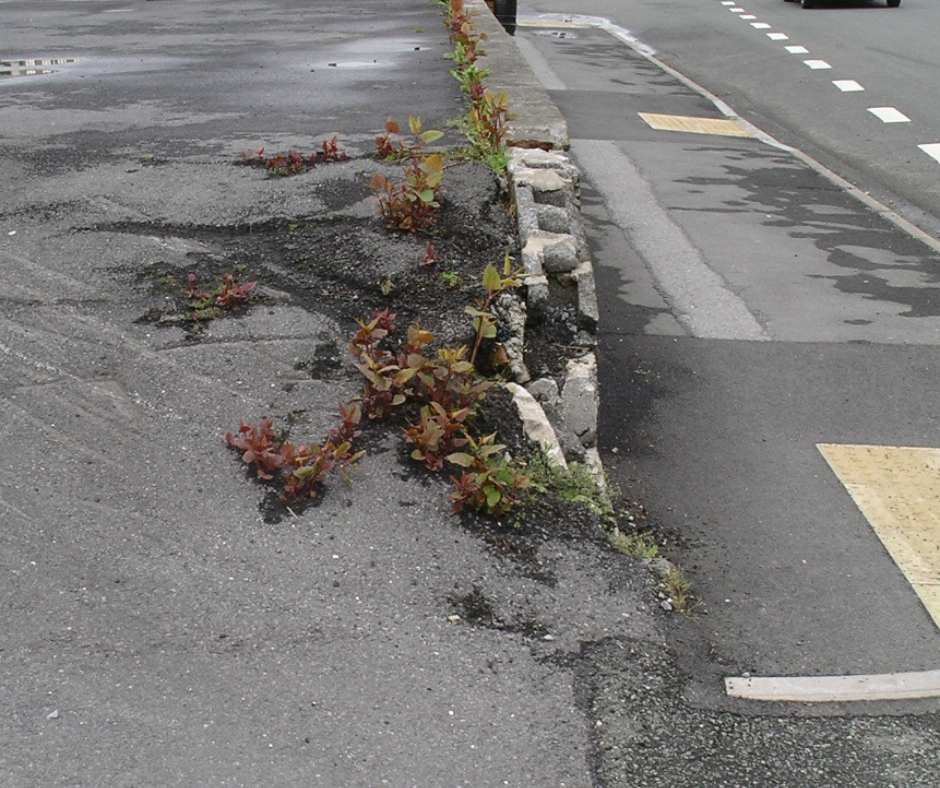Question: What makes Japanese Knotweed so resilient and difficult to eradicate?
Answer: Japanese Knotweed’s resilience stems from its rhizomes, or ‘creeping rootstalks’, which can stretch over 3 meters from the visible plant and produce new plants from even small fragments, making eradication challenging.
A Closer Look:
Japanese Knotweed (Fallopia japonica) is notoriously resilient and difficult to eradicate due to its extensive rhizome system, which are ‘creeping rootstalks’ that can extend over 3 meters from the visible plant. These rhizomes can penetrate deep into the soil, making it challenging to remove the entire root structure. Even small fragments of the rhizome can produce new plants, allowing the Knotweed to rapidly reestablish itself after attempts at removal.
This regenerative capability makes traditional eradication methods, such as cutting or digging, often ineffective without meticulous follow-up. Herbicide treatments require multiple applications over several seasons to ensure that the entire root system is destroyed. The plant’s ability to thrive in a variety of soil conditions and its rapid growth rate further complicate eradication efforts. These characteristics highlight the importance of early detection and comprehensive management plans to control and eliminate Japanese Knotweed effectively
To find out more about our knotweed solutions speak to the team.


